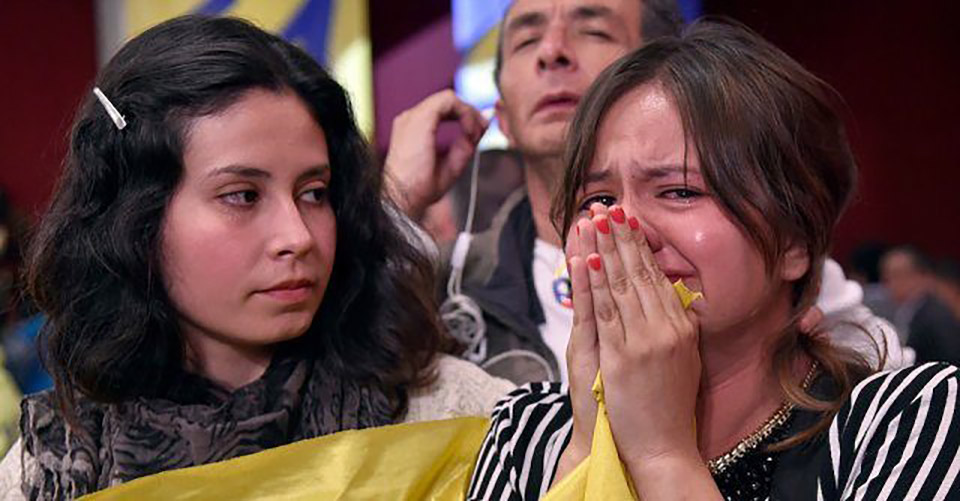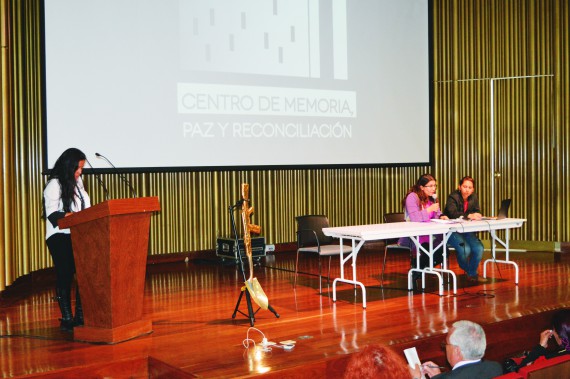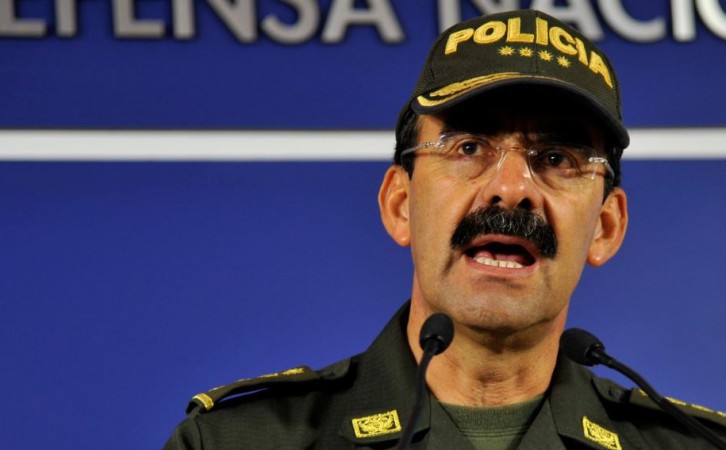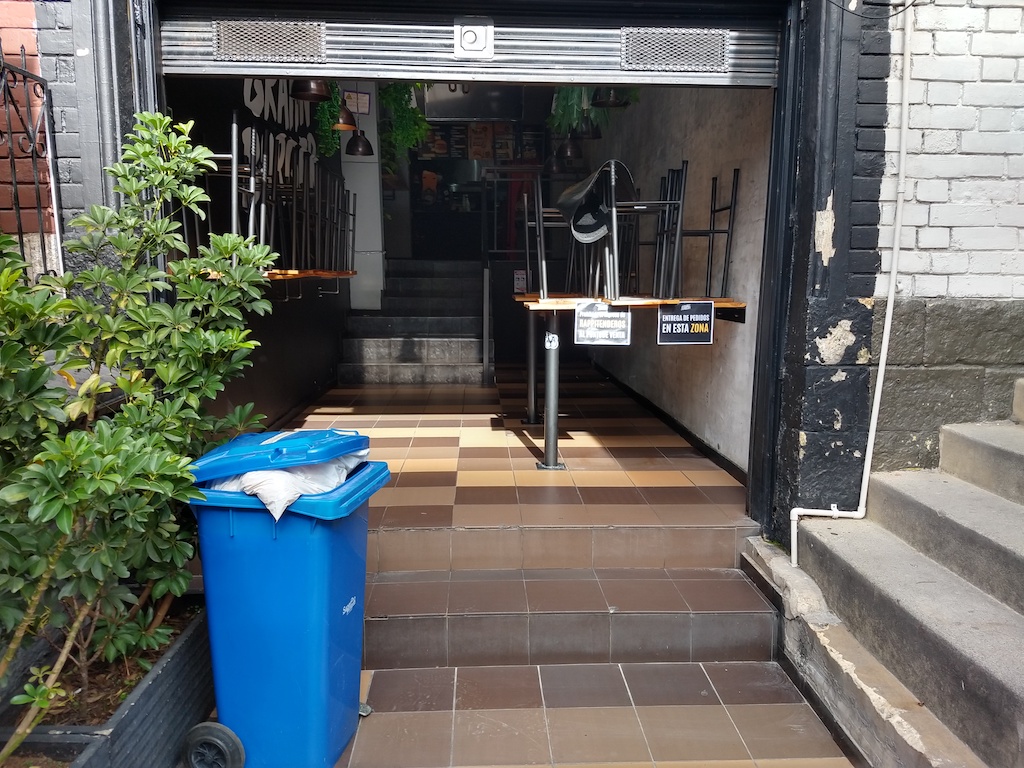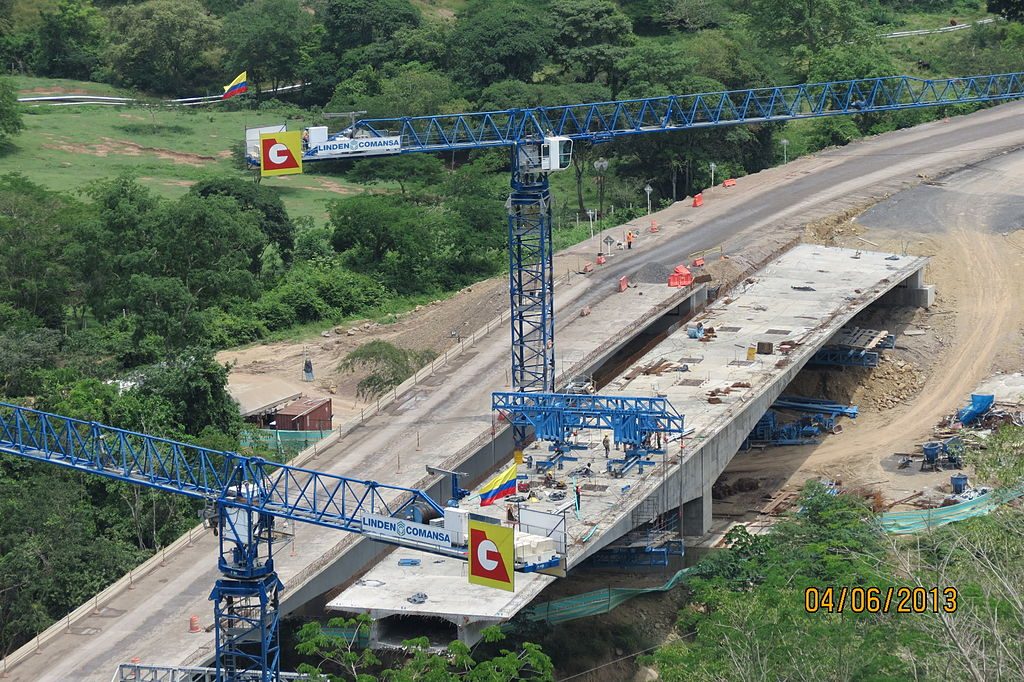
On July 22, Colombia’s Minister of Transportation, Angela Maria Orozco, announced the liquidation of the infamous Ruta del Sol II concession and payment of $1.2 trillion to seven Colombian banks. This has raised eyebrows considering the corruption scandal which continues to plague the project and the financial entities who will be receiving the government payments. Was this announcement an example of a taxpayer funded bailout for private banks or a well-balanced and judicious solution, to one of Colombia’s biggest corruption scandals?
The Ruta del Sol is Colombia’s primary road transport artery, extending over 1,000km and linking the industrial and population centres of Colombia’s Andean region, with the ports of its Caribbean coast. In 2009, under the Uribe administration, a tender was launched for the construction and operation of the second of three sections of the transport artery, called Ruta del Sol II- running from Puerto Salgar, in Cundinamarca, to San Roque, in Cesar. The concession was awarded to a consortium composed of the Brazilian construction firm, Odebretch (with a 65 percent stake) and two minority Colombian partners, one of which was a subsidiary of Corficolombiana, part of the Colombian financial conglomerate, the Aval Group. Loans for the construction of the project were provided by seven Colombian banks, four of which also belonged to Grupo Aval.
In 2014, federal authorities in Brazil began investigating allegations of corruption involving Odebrecht and Brazilian politicians. These investigations quickly spread beyond Brazil’s borders, culminating in Odebrecht‘s confession to US federal authorities of having paid bribes to politicians across the Americas and Africa, in order to secure billions of dollars of public works contracts, including Ruta del Sol II. Overwhelmed by the scandal and under investigation from the Colombian Fiscalia, the consortium halted and eventually abandoned construction of Ruta del Sol II, which at that moment was 60 percent complete.
Shortly after Colombia launched its own investigation, the seven Colombian banks declared themselves victims of Odebrecht’s corrupt practices and requested from the Colombian government cancellation of the concession contract and repayment of more than $1.2 trillion of bank loans and outstanding interest. Initially, the government agreed to pay the banks only $800 billion, leading to a protracted dispute and a freeze of local financing for Colombian infrastructure projects.
In order to determine whether the June 22 deal was a bailout or Solomonic compromise, one must refer to the Colombian constitution of 1991, which clearly enshrines the protection of property rights and, by extension, requires the Colombian government to pay compensation when private assets are expropriated by the state. When a concession contract is terminated early or liquidated, as is the case with Ruta del Sol II, the underlying assets revert to public ownership, requiring the government to pay an appropriate value for their return to public ownership. In the case of Ruta del Sol II, the government has estimated the project’s assets to be worth $1.9 trillion.
Once the government’s obligation to pay has been established, the question arises as to whom should receive payment. Infrastructure projects are typically financed by two parties; the concession company, who pays a portion of costs from its own pocket (called the equity), and banks or other lenders, who provide loans to the company. Under the deal announced by the Minister of Transport, neither the concession company nor its immediate shareholders receive any payment for the liquidation of the contract, meaning that the equity it invested is lost. The stance of the government is not surprising considering Odebrecht’s confession of having resorted to corrupt practices to win the contract. As for the concessionaire’s minority shareholders, including Corficolombiana, investigations are on-going as to their collusion in or knowledge of Odebrecht’s illicit payments.
That leaves the banks, who will receive a total of $1.2 trillion with which to repay their outstanding loan to the concession company, but not any outstanding interest. In the absence of evidence to the contrary, this payment is based on the premise that the banks were good-faith lenders, who were unaware of Odebrecht’s corrupt practices. Fingers have been pointed at the four Grupo Aval banks receiving payment. However, no evidence has yet emerged of these banks being knowledgeable of the corrupt practices.
There are two more factors to consider. If the government had taken an excessively punitive or arbitrary position towards the banks, foreign investors would have been scared away, causing them to pull out of investing in or lending to projects in Colombia. Furthermore, the government is planning to a launch a new tender to complete construction of Ruta del Sol II. Legal action by banks against the government could potentially stall the launch of this tender. If the Minister’s announcement reactivates local lending to stalled infrastructure projects, soothes foreign investor concerns, and permits completion of the project, the solution will be judged as well-balanced and judicious.
Nevertheless, on July 30, the Minister of Transportation announced that the seven banks had rejected the government’s offer because it did not include payment of $230 billion of outstanding interest. The banks are putting their faith in a legal case brought by Odebrecht in 2017 against the Colombian government, in an Arbitration Tribunal. On August 6th, the Tribunal is scheduled to announce various decisions pertaining to the case, including who should assume responsibility for paying the bank loans (the government or the concession company) and how much that amount will be.
Marcello Leonardi is a Senior Consultant with Arcus Financial Advisors. He is based out of Bogota, Colombia.


